Perfect physical appearances have continuously been a major element of the fashion and modelling industry.
Models on runways are inspirational to women, as are the individuals who appear in the glossy magazines many read and on the clothing sites most of this generation browse.
The clothes that are consumed are displayed on models and on mannequins before the ordinary person puts them on e.g. the ‘real’ person. Dating back to the 1920s the ideal body shape was refined and skinny, perfect for the drop waist trends. However, in the 40s, there was a shift and it was ideal to have curves to fill out full skirts and pin-up garments.
For decades, the fashion industry celebrated tall, overly-skinny girls and the casting of size zero models in the 1990s was shockingly wide-ranging. Those who weren’t suitable for this ideal saw it affects their self-esteem and perception of body image which grew amongst the generations.
This slideshow requires JavaScript.
There is an estimated 1.6 million people in the UK are suffering / affected by an eating disorders. The National Eating Disorders Association (NEDA) stated, that the media and fashion industry’s effect on body image is one of the contributing features in the development of an eating disorders. This leads to the question of how does media have such an impact?
The NEDA, Senior Program Associate, Chelsea Kronengold said: “The use of Photoshop and filters can create an unrealistic perception of beauty, which can result in low self-esteem and body image.
Some ways the media might trigger or prolong eating disorders/body dissatisfaction include the saturation of ultra-thin models and advertisements promoting dieting and weight loss products or services”
Counsellors can address issues related to the media influence in therapy meetings with clients. They teach clients about healthy body weight and aid clients to distinguish between good health and life-threatening thin-ness. They also help examine where their concepts about what they should weigh and look like stem from. Counselling helps people with eating disorders improve self-esteem, which should lead to improved body image.

Numerous countries such as France, Italy and Spain have announced laws built on BMI measurements to safeguard and guarantee models who are partaking in runway shows are sufficiently healthy to do so. High end powerhouses such as LVMH and Kering have put a ban on using underage and size zero models in their catwalk shows and ad campaigns.
The results are that in the future shows for luxury brands such as Gucci, Louis Vuitton and Dior models will have to meet the guidelines . Therefore, it appears the wider world may finally be putting its money where its mouth is and devoting more attention into creating a more diverse future. Many believe this is a step in the right direction, to decrease the number of people developing eating disorders.
Senior Program Associate, for NEDA, Chelsea Kronengold added: “While there is no single cause of body dissatisfaction or disordered eating, numerous studies have found exposure to the thin ideal in mass media to be correlated with body dissatisfaction. The media often perpetuates dieting and a drive for thinness in women and young girls. ”

Those directly affected by modern fashion trends of size zero and underage models are the models themselves. The industry right now has been lured and shaped to respond to the present trends enforced by the very brands that are now denying them work. They are being punished for being too thin and too young which has been previously the main currency of the 21st-century fashion industry for a lengthy period.
Before the ban these models would have turned up to casting calls and been told they would benefit from dropping a few pounds or that their face is too round, or their hips too wide. To now ban them from an industry that has starved them into submission to gain work seems cruel and unfair.
Brands who force models to eat on set are being subjected to scrutiny, and Victoria’s Secret models voicing their truth about the realities of ‘skinny shaming’, it appears there is a fine line among sincere care and unjustified alarm and is regularly being crossed as the discussion deepens.
Social media is becoming a progressively easy tool to make a stance and speak out on matters. Numerous business insiders have used their online influence to provoke modification throughout all sides of fashion.
Charli Howard and Leomie Anderson are just a few of the models who have appeared on Twitter to be passionate about issues that matter such as modelling agency size-ism. The efforts to shift the narrow-minded beauty and body shape ideals that have dominated fashion have really been led from the ground up.
Chelsea Kronengold also added: “There has recently been an upward trend in women posting un-retouched or makeup-free selfies and photos to social networking sites. This expression of authentic beauty can have a positive impact on the way women think about beauty and their bodies.”
Fashion as a worldwide industry is built up of customers, producers, creators, thinkers, advertisers, models and more. The majority of the time it can appear to run from the top down, with boss designers determining the new trends and influencing consumers on what to purchase on the high street. However, the industry is ultimately constructed upon millions of ordinary people.
Real people, who won’t allow objectification and can identify the absence of representation their bodies get. This can have more positive effect upwards within the fashion industry more than we realise. Entire companies and brands have been moulded around providing for more healthy body shapes since that’s what the consumers desire. Instead of questioning how it can influence our body image, the question should be how our bodies can inspire revolutions in the fashion industry for future generations.
Jessie Colligan




















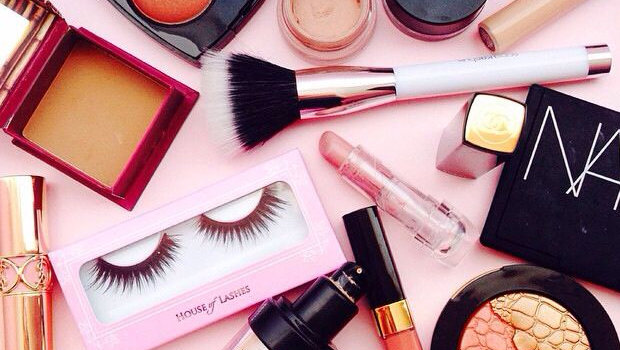



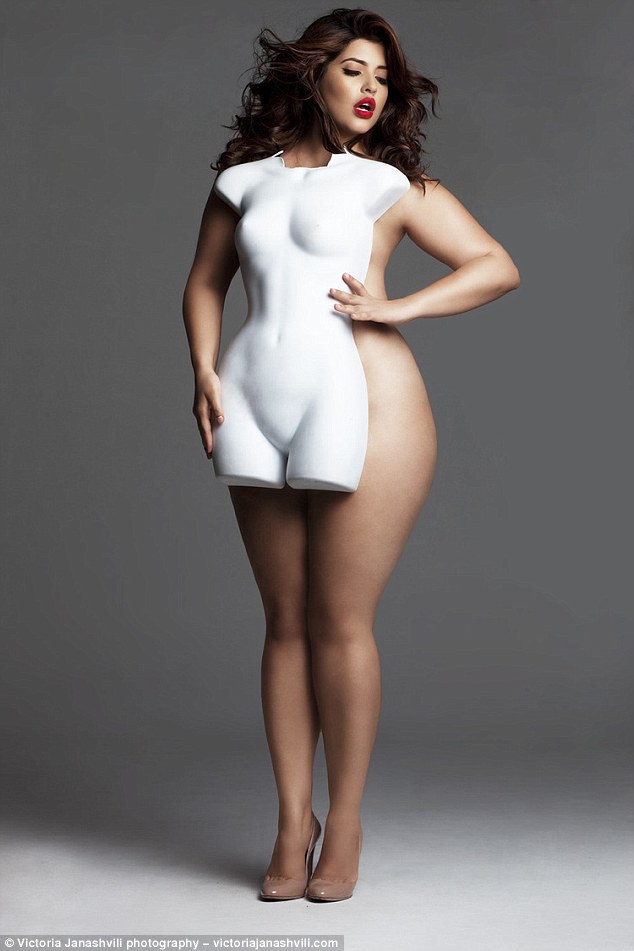


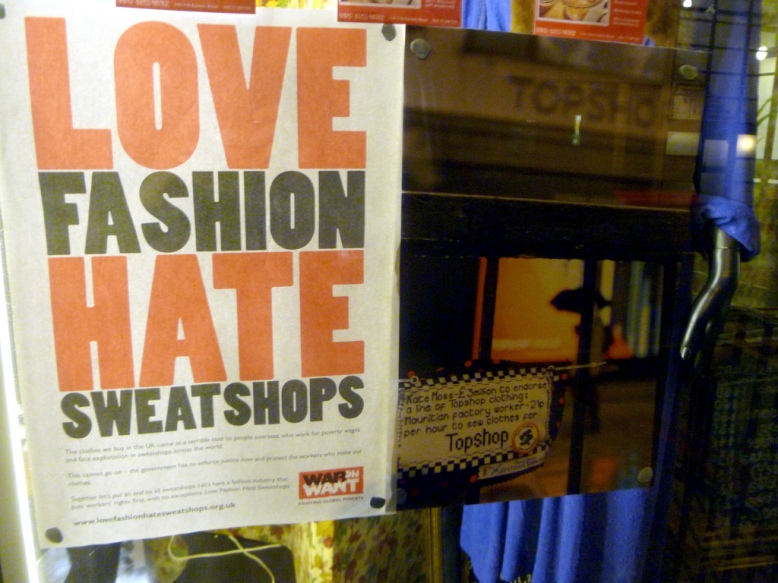
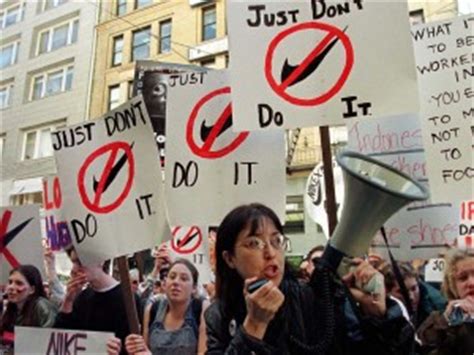





















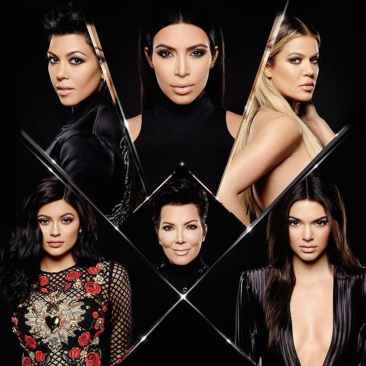 The Kardashian family have been at the forefront of social media for the past 5 years.
The Kardashian family have been at the forefront of social media for the past 5 years.  By posting heavily edited pictures, fans are put under false pretences leading to many being disappointed after their own cosmetic surgery didn’t completely alter their appearance or match up to their favourite celebrities’ features. For instance, reality TV stars have altered their complete appearance after becoming famous.
By posting heavily edited pictures, fans are put under false pretences leading to many being disappointed after their own cosmetic surgery didn’t completely alter their appearance or match up to their favourite celebrities’ features. For instance, reality TV stars have altered their complete appearance after becoming famous.

